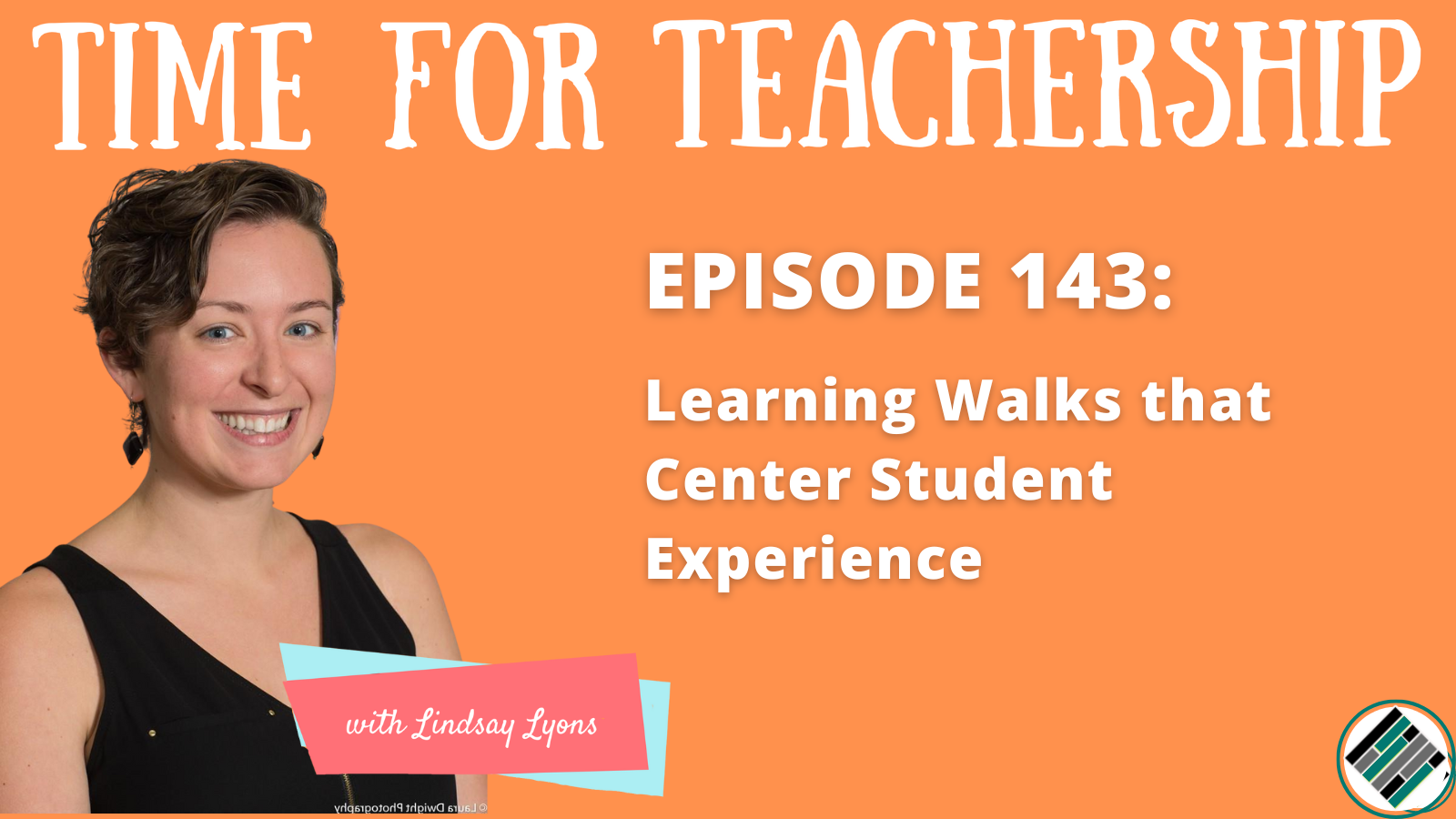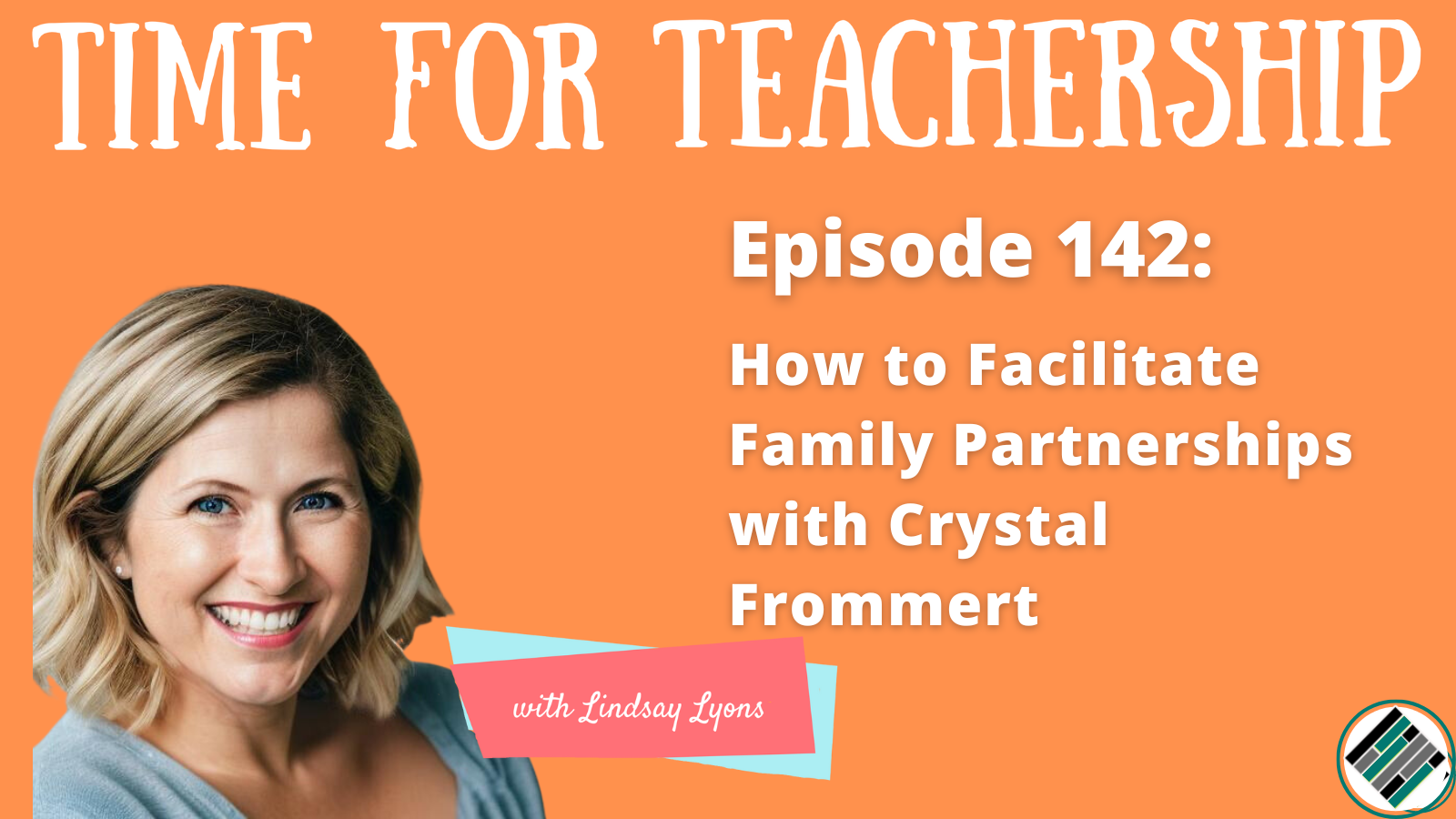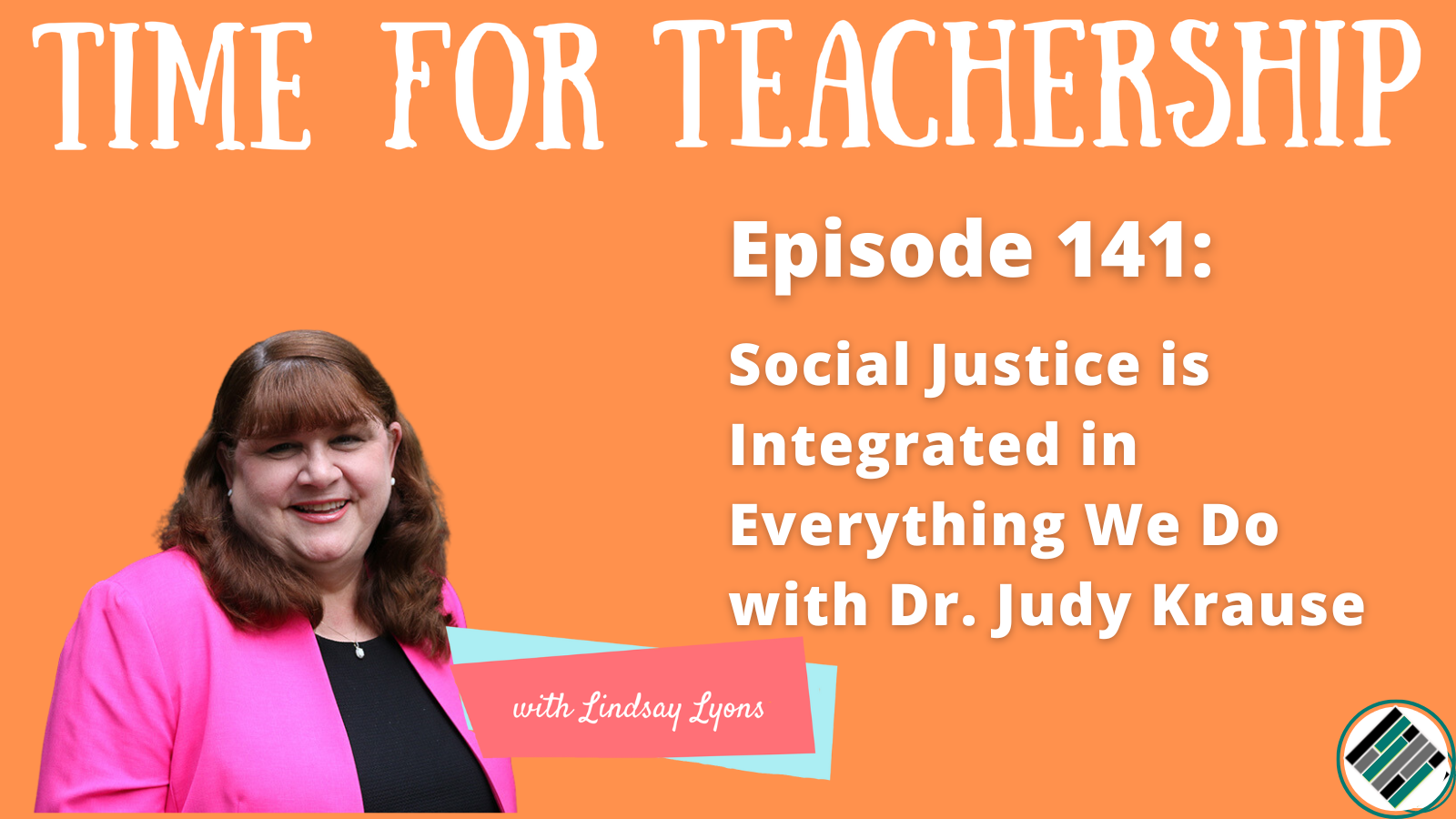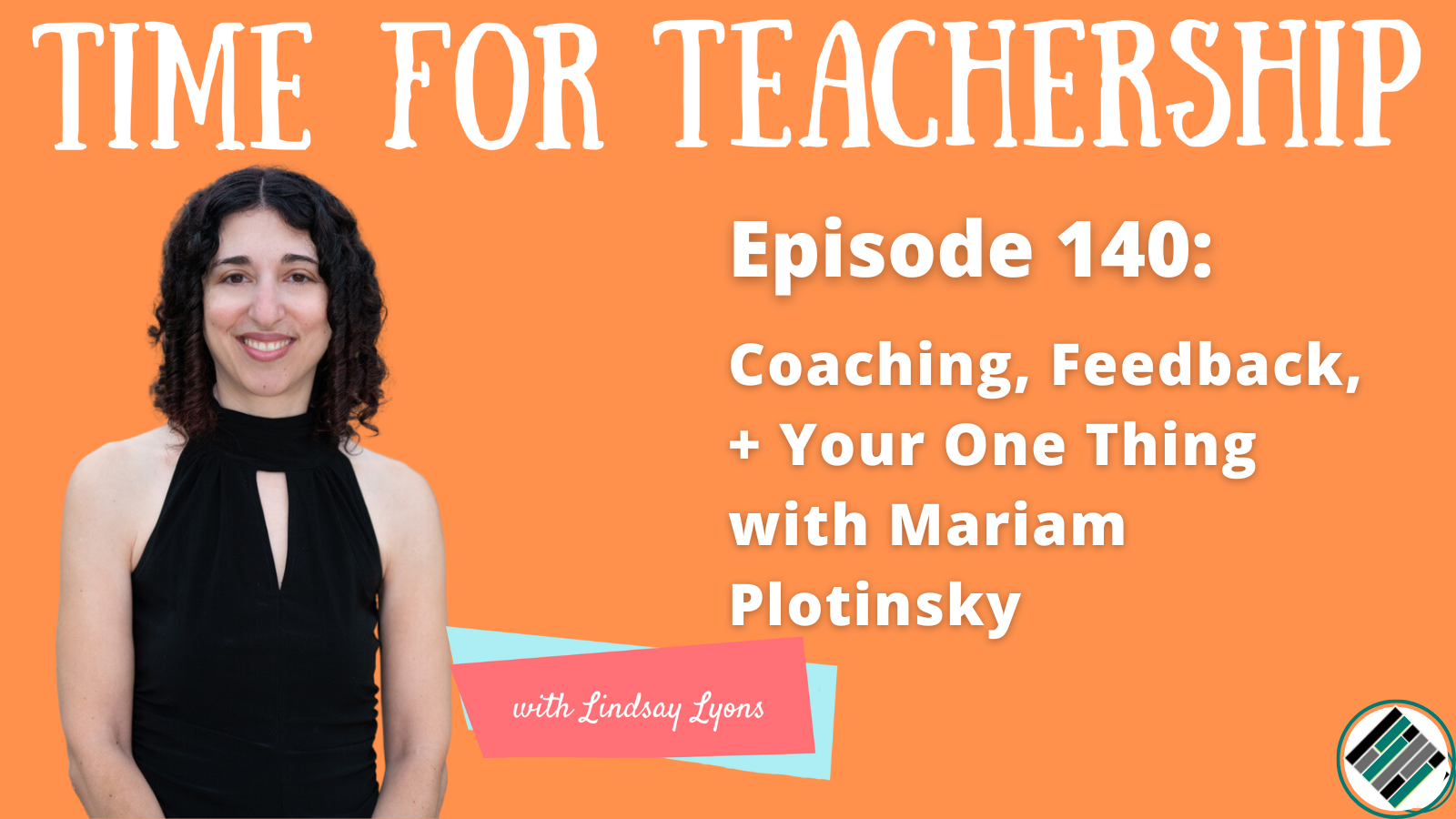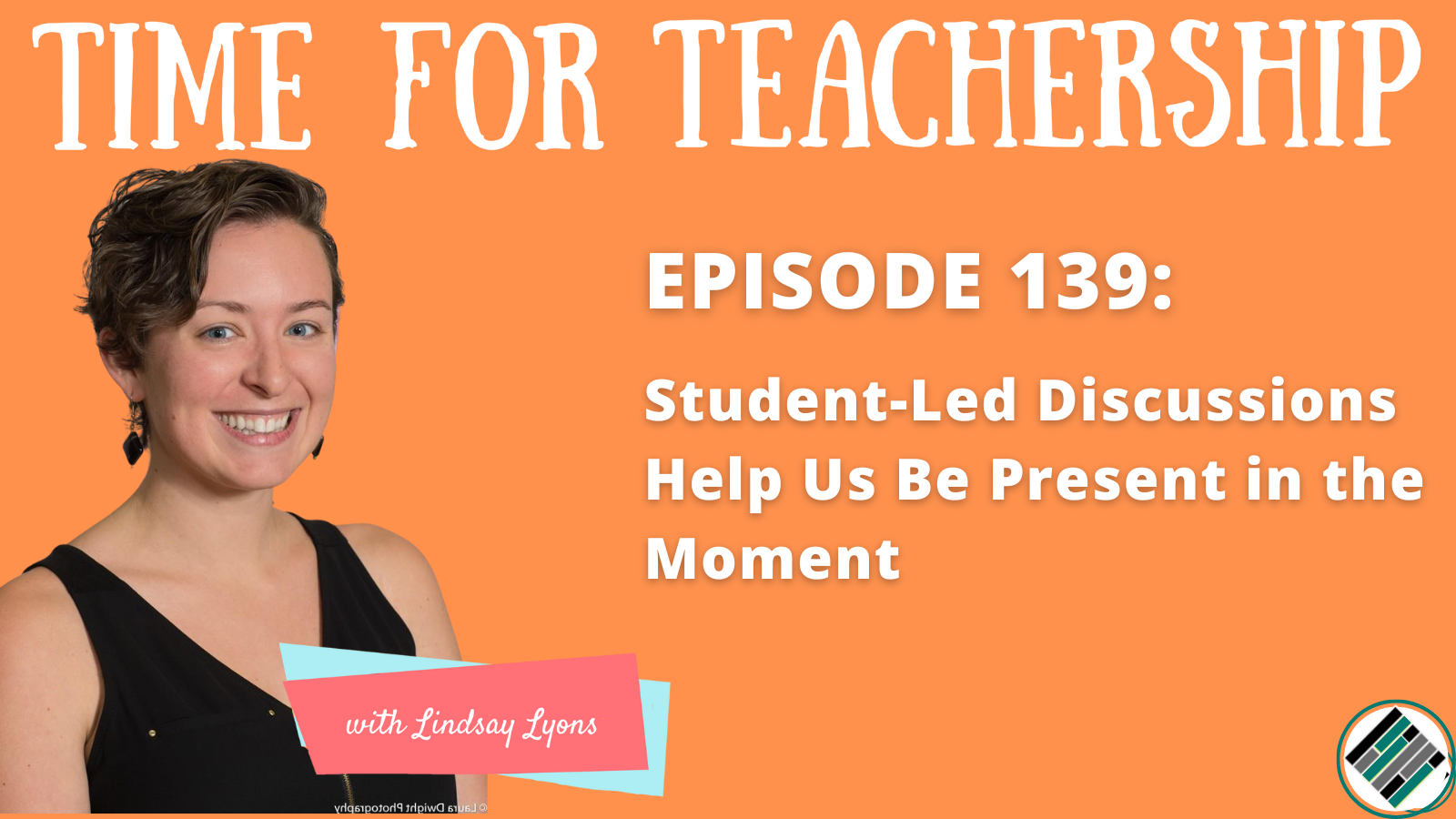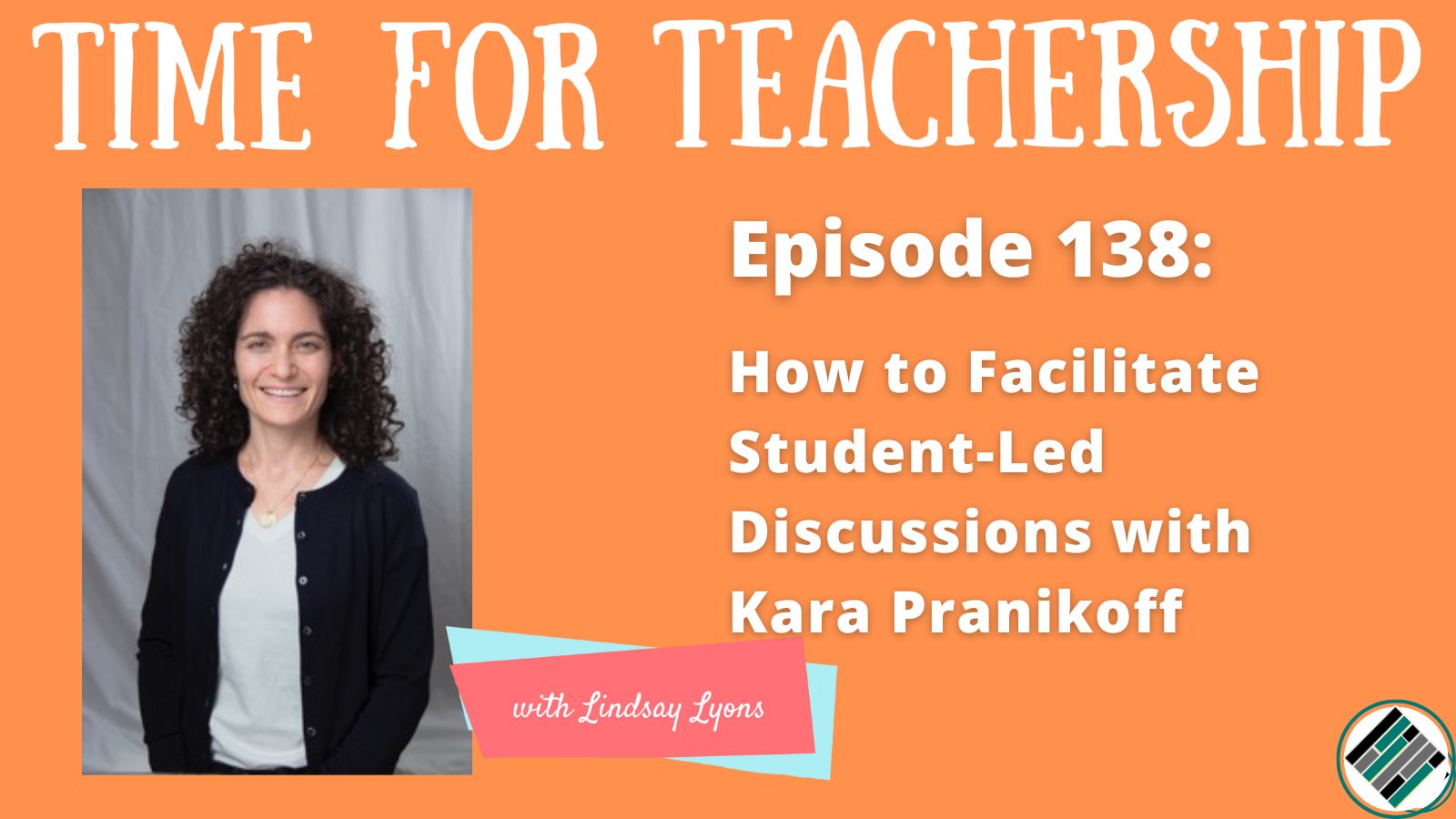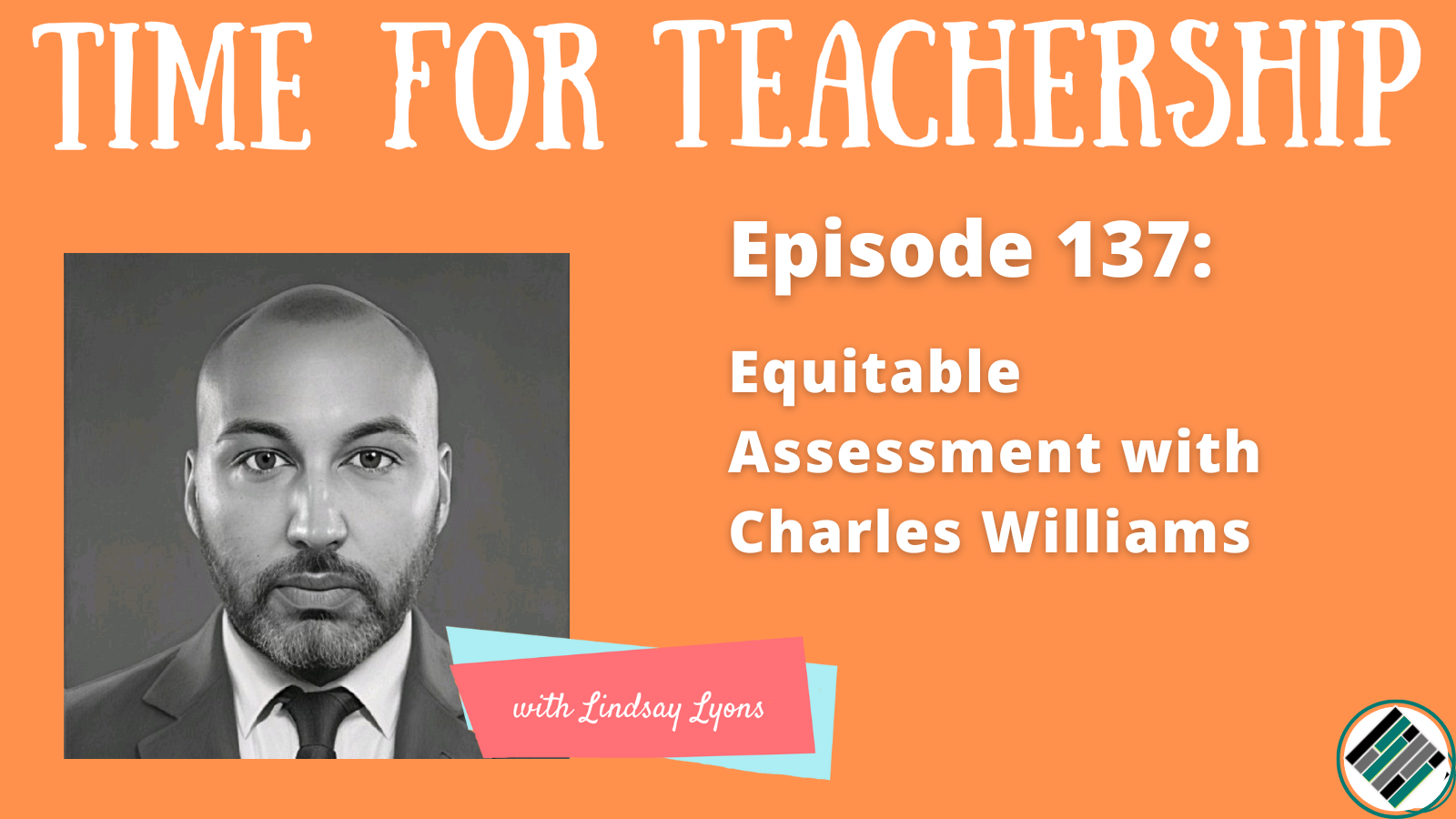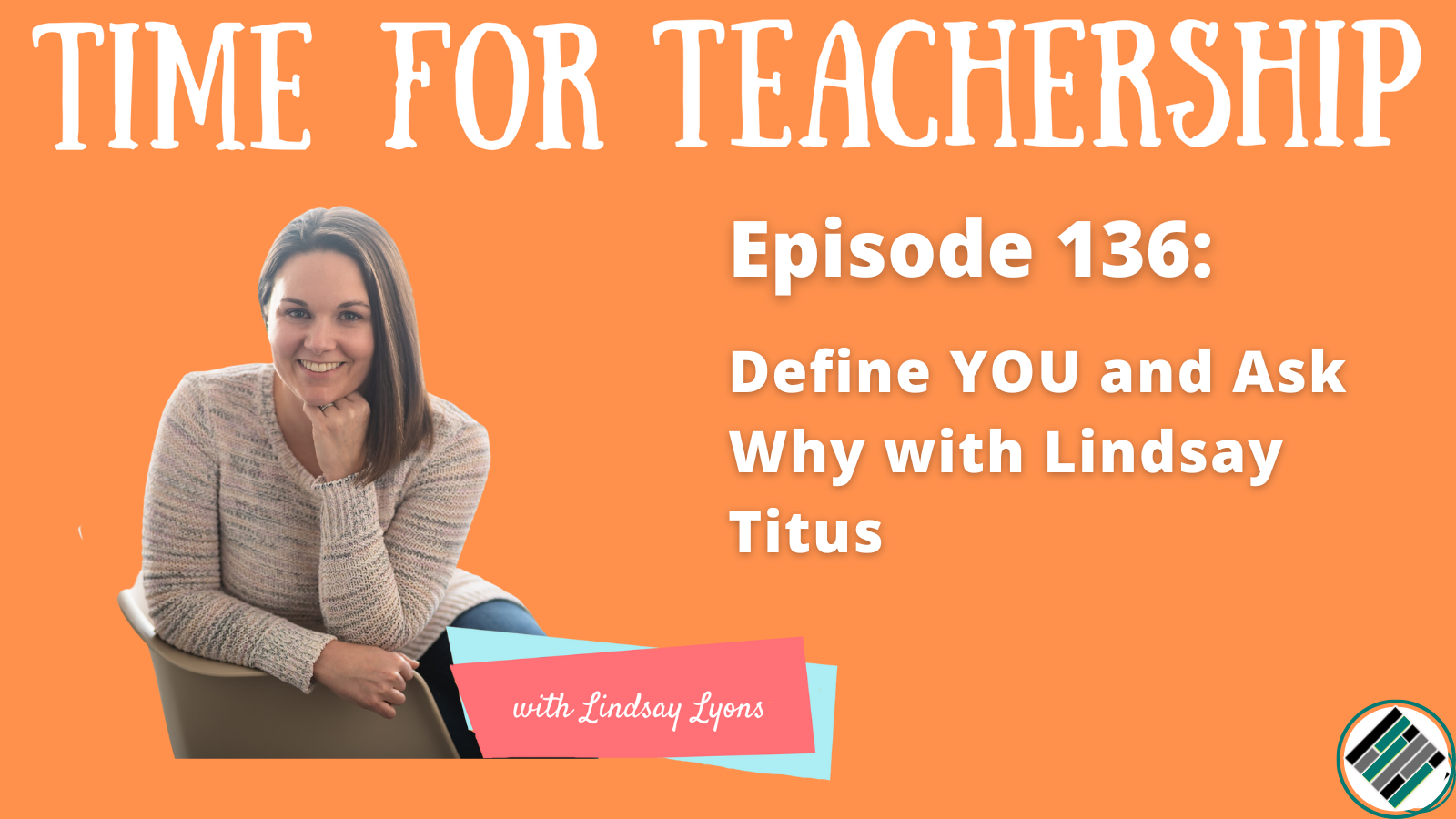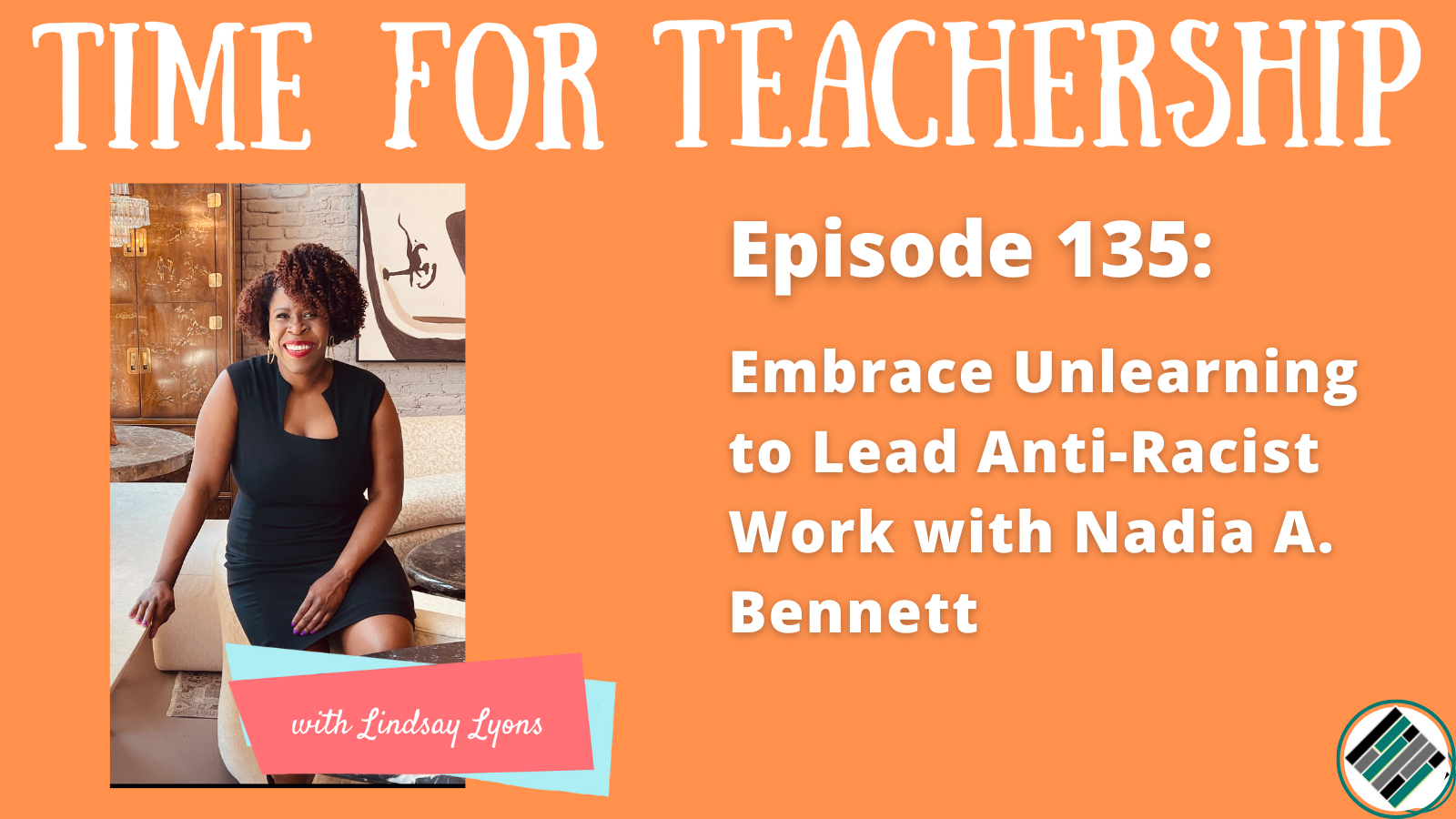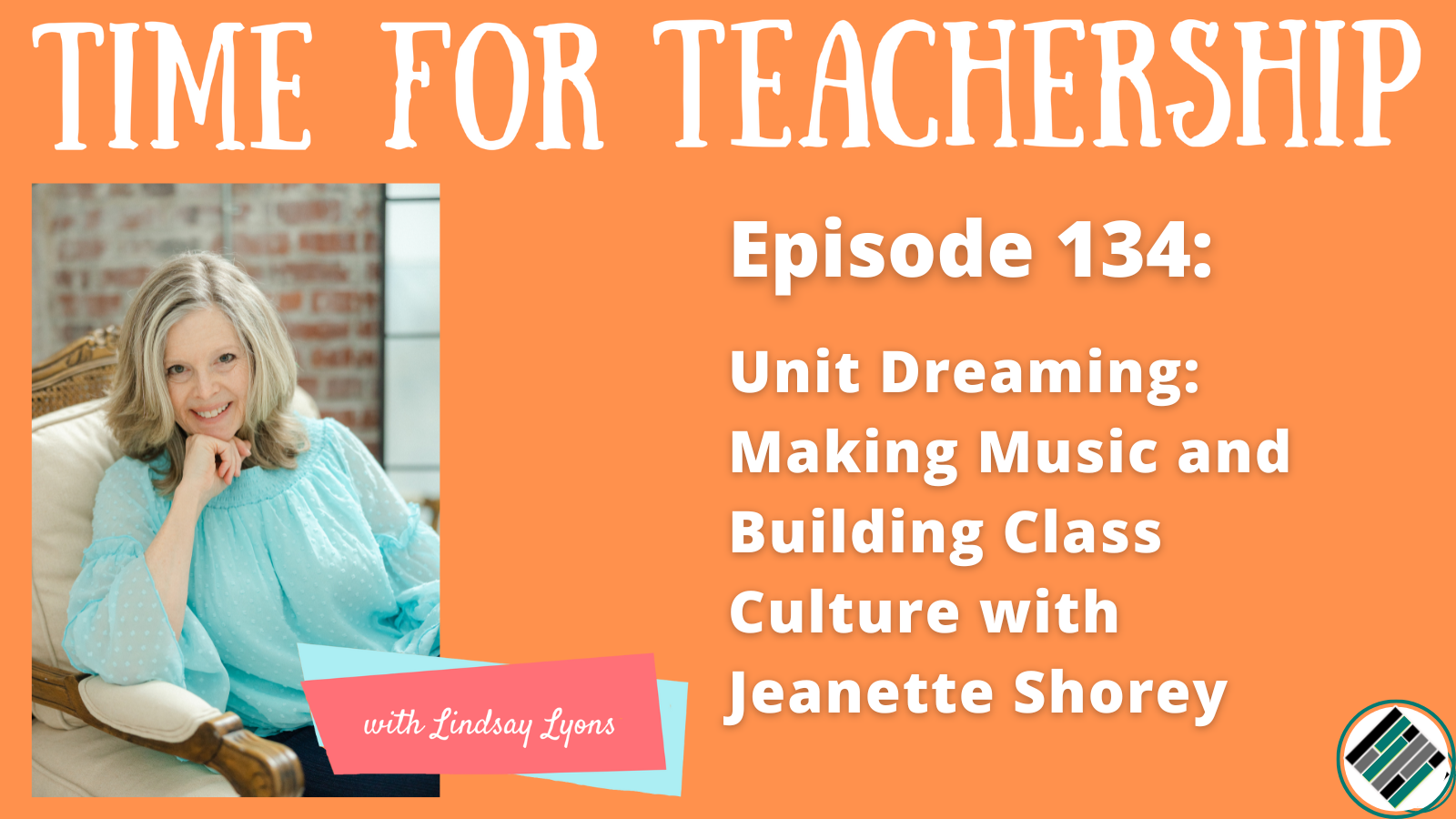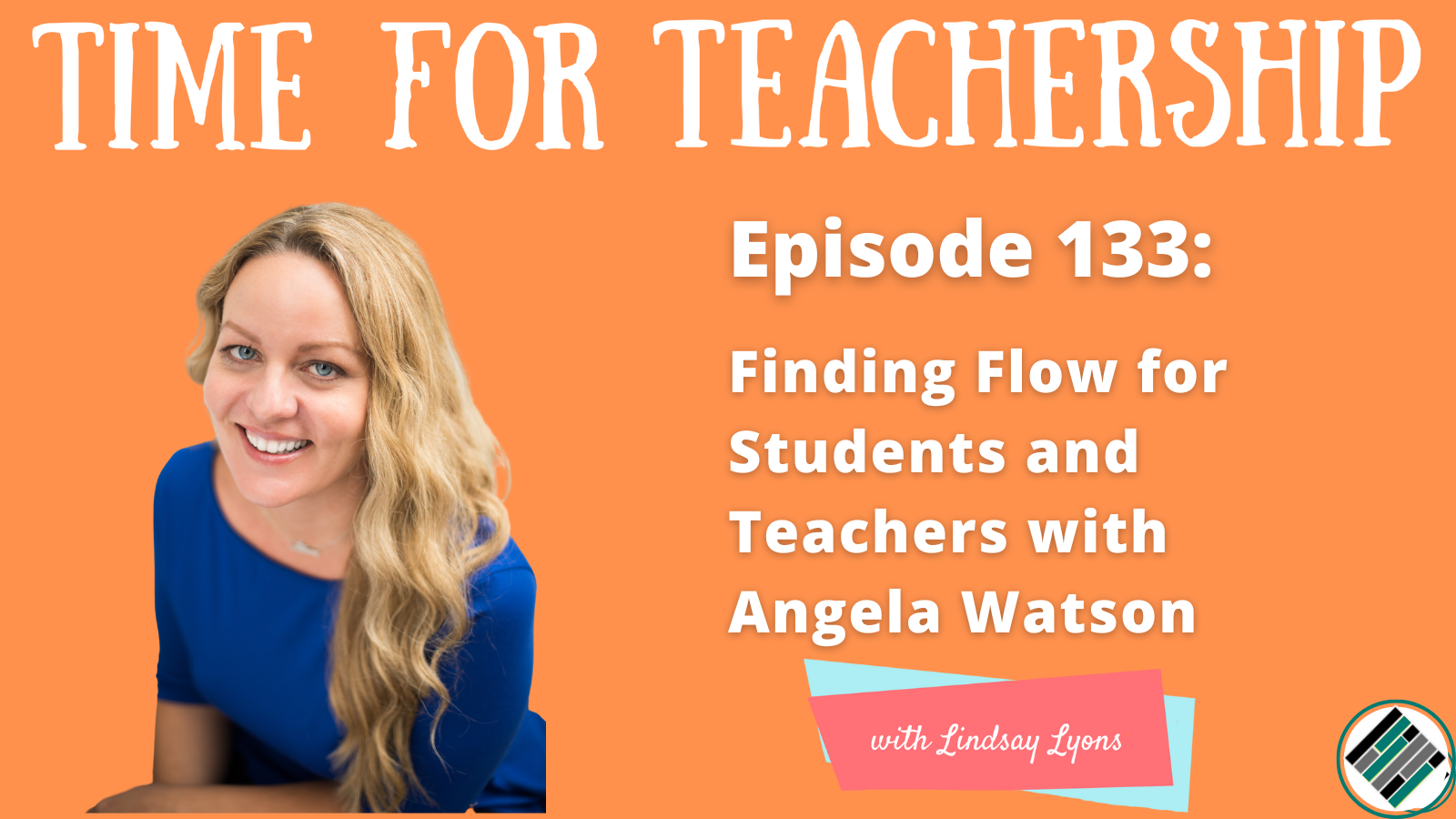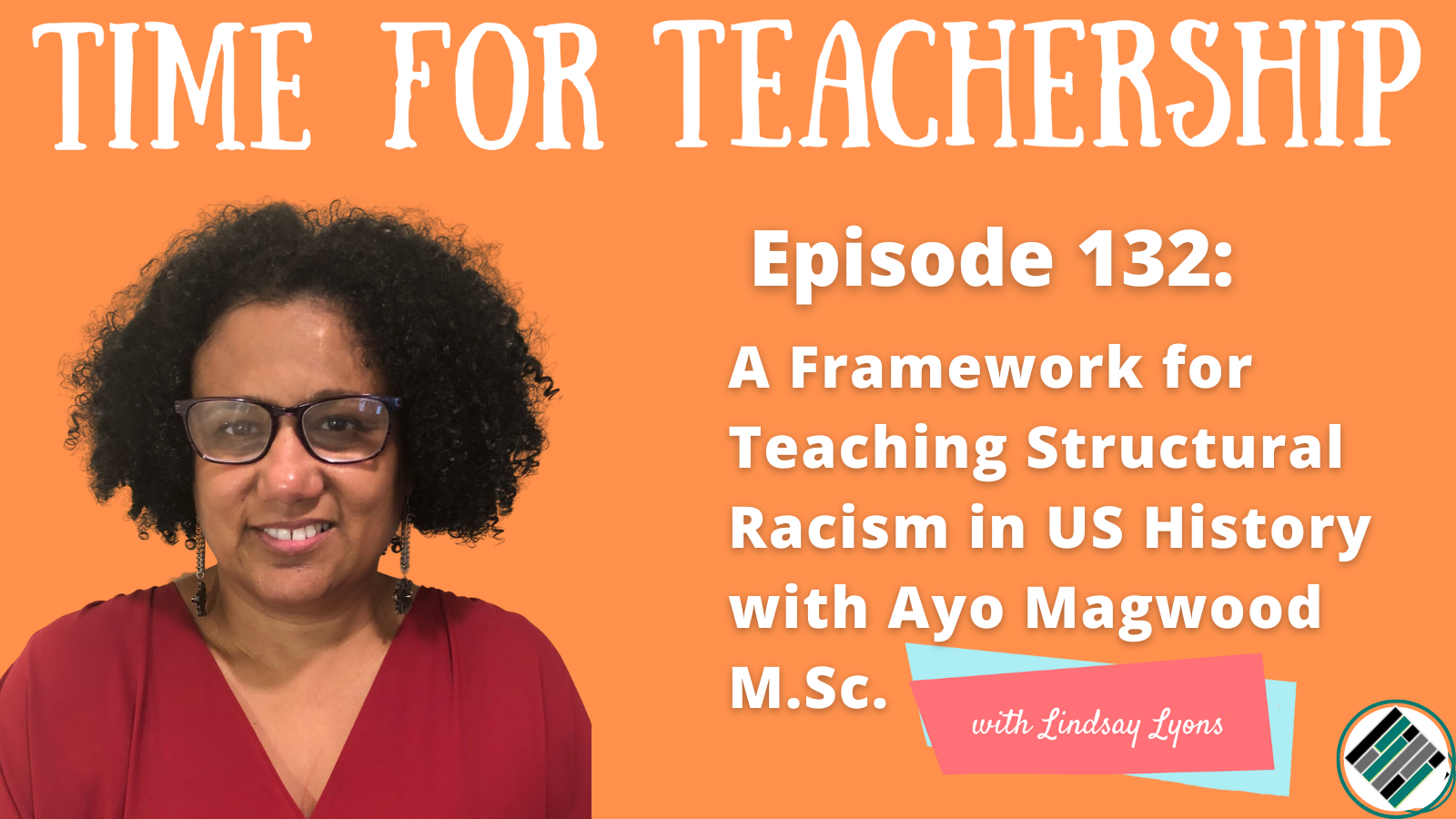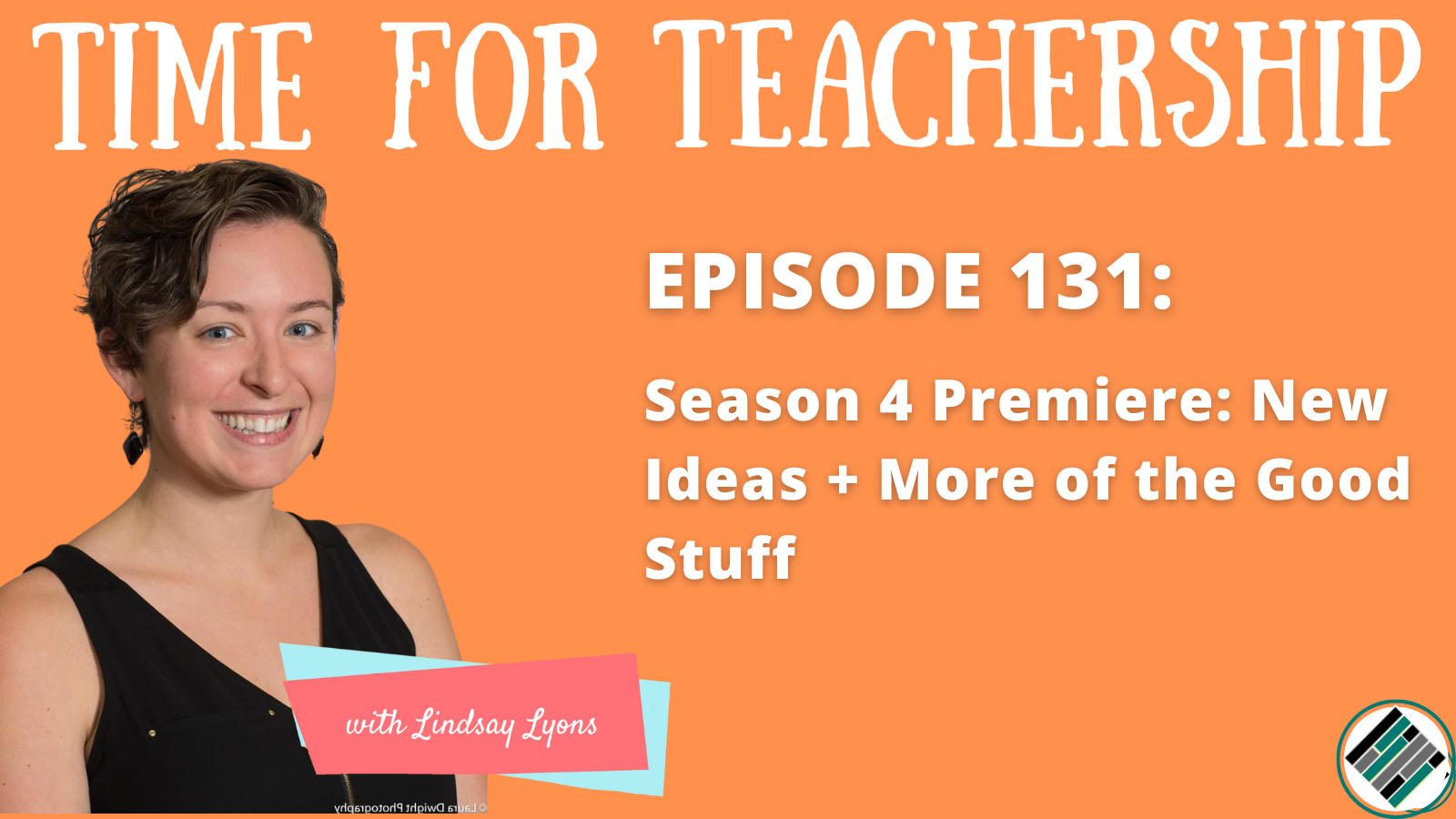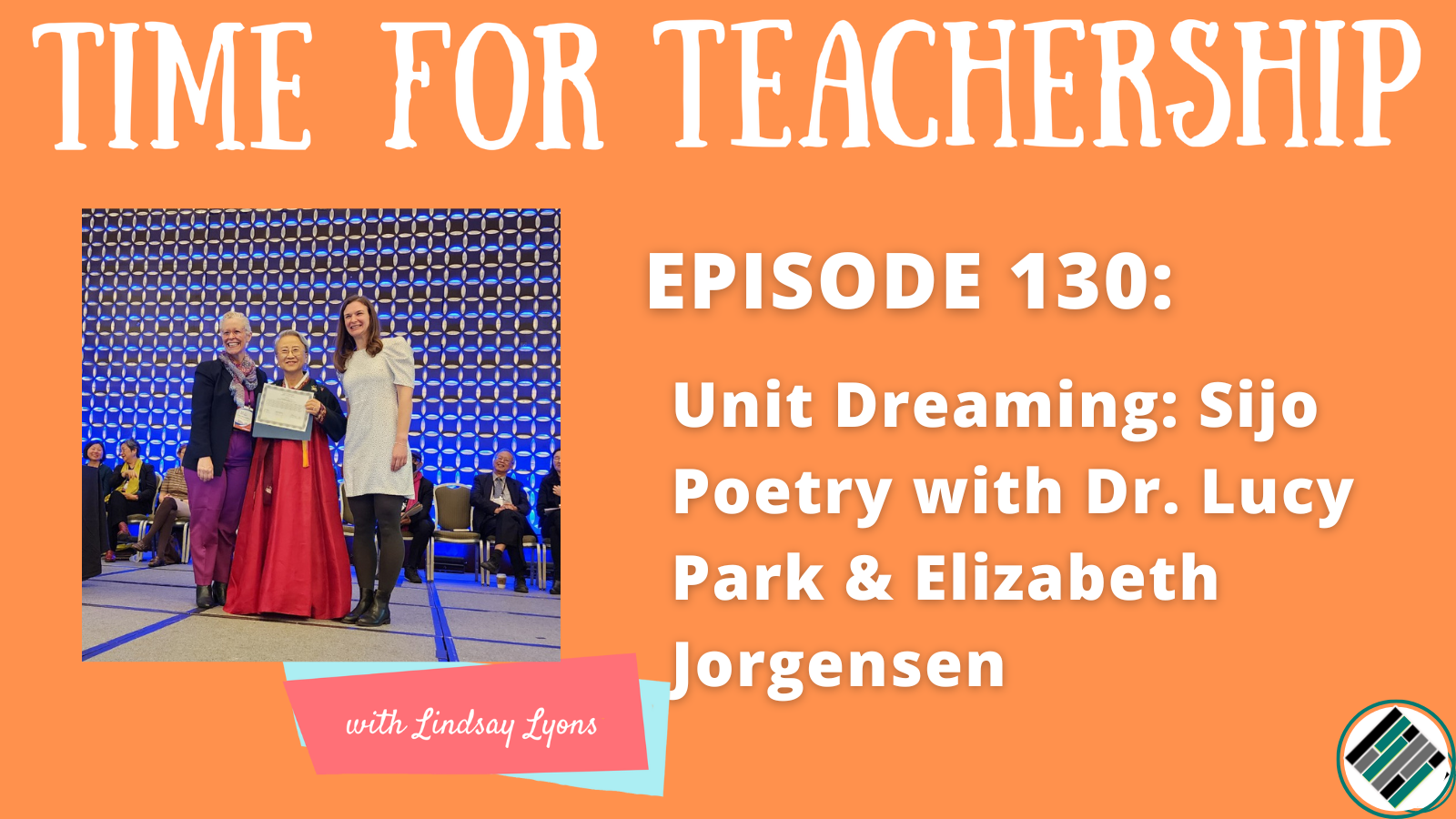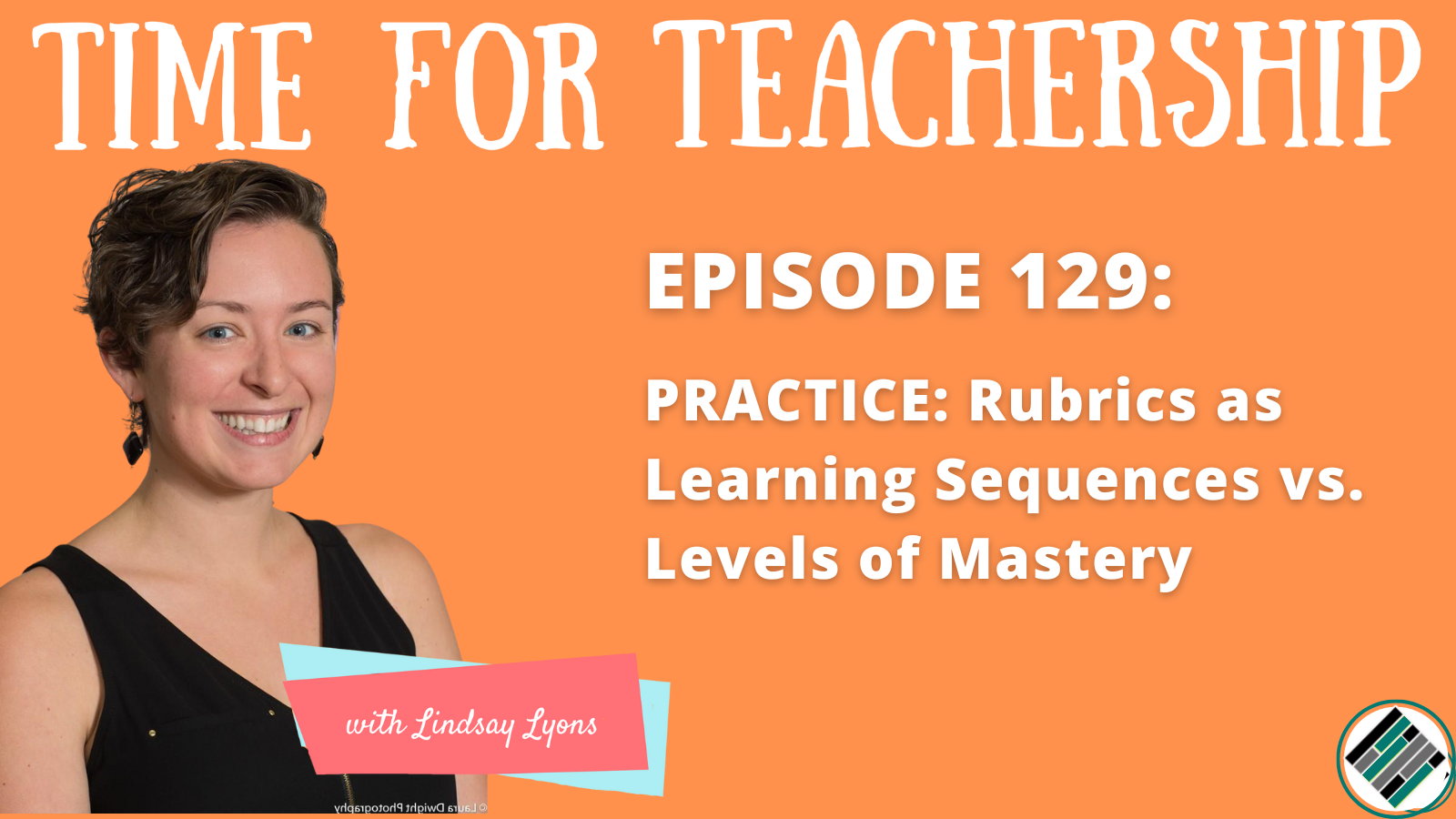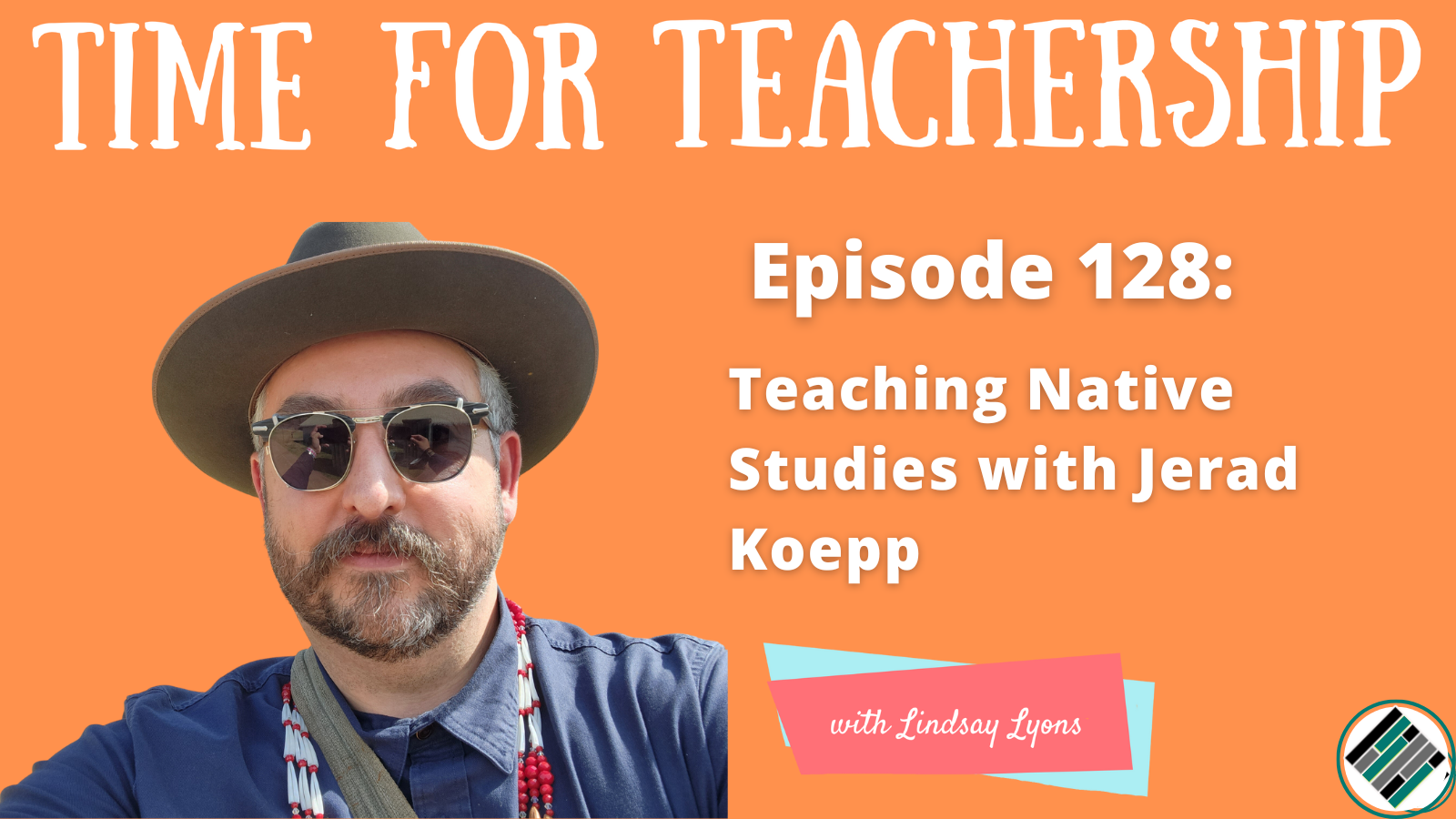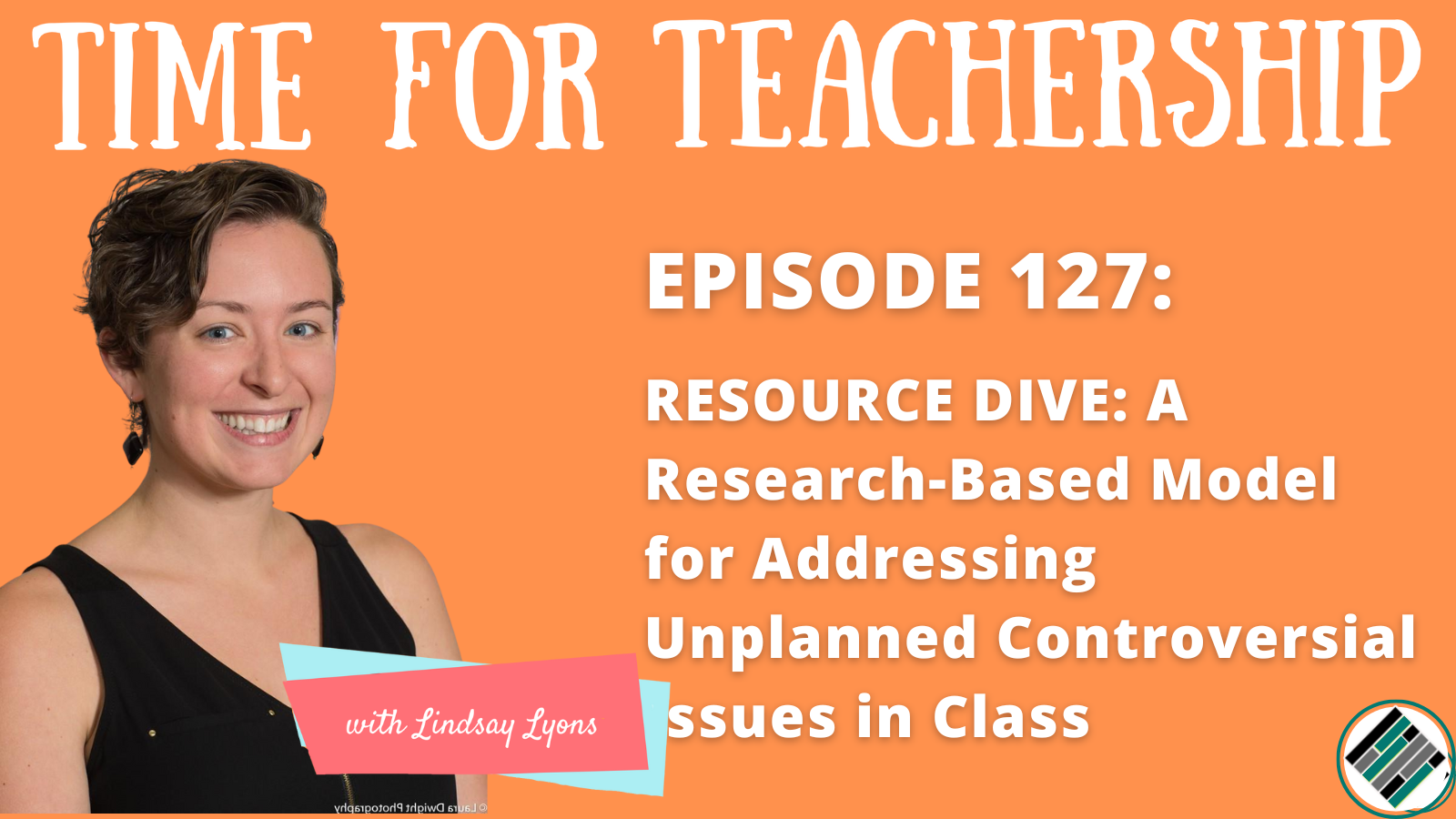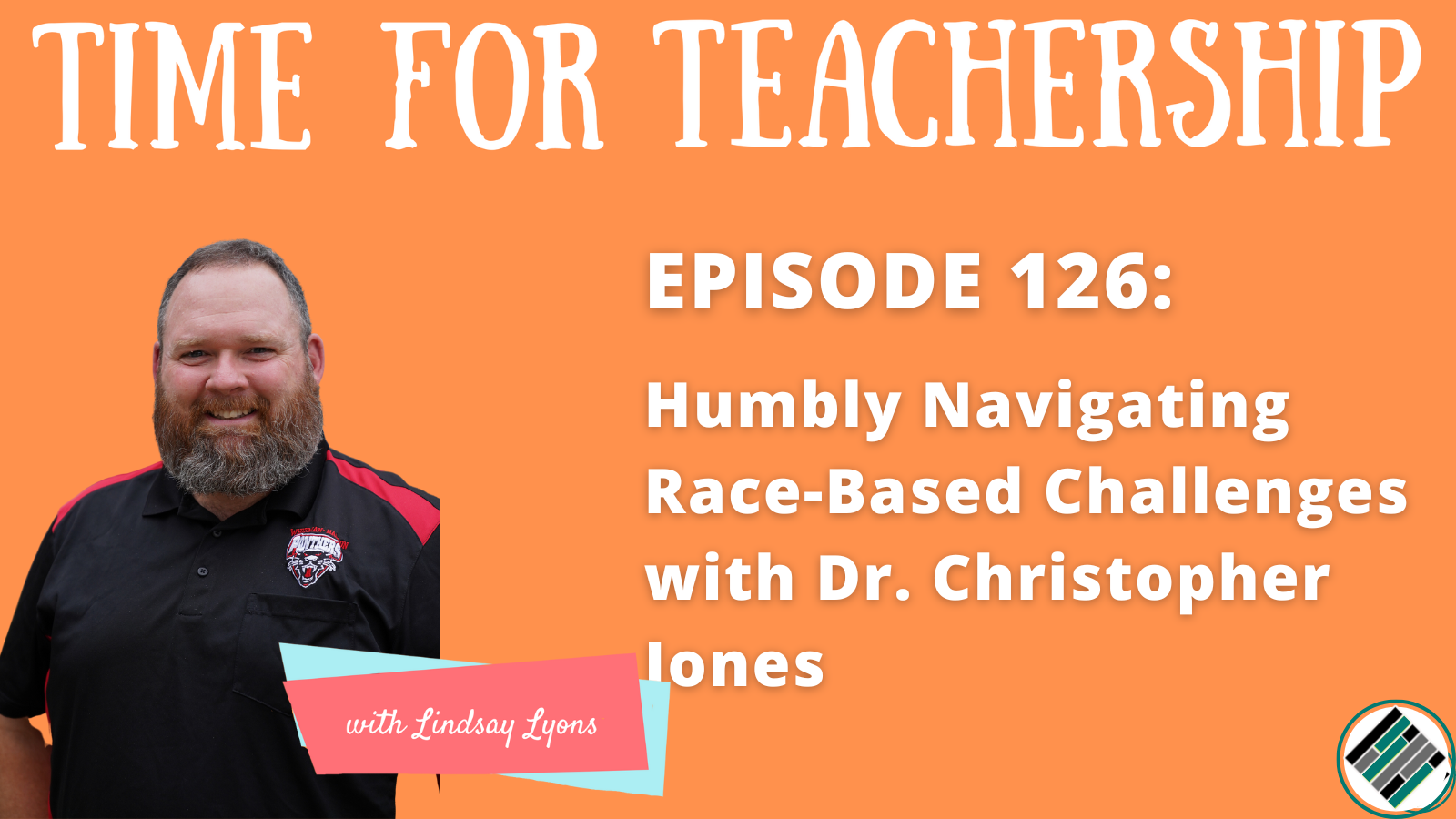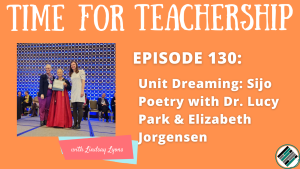
Dr. Park and Liz co-authored a book on teaching Sijo, which sparked this unit dreaming conversation. In this episode, we apply a step-by-step unit planning protocol to dream up a new unit on Sijo!
Unit Planning Step 1: Context/Spark
Dr. Park and Liz started working together when Liz’s students kept winning the Sejong Cultural Society’s Sijo competitions. Sijo as a poetry form requires a condensation of ideas. It’s a 3-line poem with 15 syllables in each line. It requires an economy of words. Since poems can be about anything, it’s great for relevance and the ability to share with an authentic audience of peers, community members, and to the wider nation/world through the annual competitions.
Unit Planning Step 2: Pursuits (from Dr. Muhammad’s HILL Model)
Identity: How will our unit help students to learn something about themselves and/or about others?
Students are able to write about anything they want. It’s also a great opportunity to explore Korean culture both historically and in the present through the form.
Criticality: How will our unit engage students’ thinking about power and equity and the disruption of oppression?
The theme of condensation relevant to the form can lead to conversations about what histories, stories, or even forms of poetry are included or excluded in the curricular condensing process.
Joy*: How will my unit enable, amplify, and spread joy?
*Joy is: beauty, aesthetics, truth, ease, wonder, wellness, solutions to the problems of the world, personal fulfillment, art, music
Students have experienced joy in writing Sijo because its short length seems more accessible to writers who may struggle with essays. We want students to fall in love with writing as expression or writing as connection.
Unit Planning Step 3: Project Question
What are the most important 3 lines you could share with the world about identity, criticality or joy in this moment?
Supporting questions or other ideas to build a PQ around include:
- What bothers you?
- What do you need stress relief from?
- What questions do you have? / want answers to?
- What emotion do I want to express?
Unit Planning Step 4: Summative Project (Publishing Opportunity and Possible Formats)
There many options, including:
Students submit to a Sijo competition. (There are several, and many are linked below.)
Publish poems in a class publication or school literary magazine. This could be a multimedia publication with recordings of students performing their poems and illustrations to accompany them.
Hold a performance or video recording of singing Sijo. (Dr. Park shared there are examples of Sijo set to classical music and hip hop, which you can see on their YouTube channel.)
Music teachers can publish students’ Sijo poems in a concert program.
Art teachers can have students write poems and draw a picture to go with it.
Unit Planning Step 5: Unit Arc
Hook: What’s the thing they can’t stop thinking about? What’s weighing on students’ hearts? Talk about how poems capture and transfer emotion to the reader. Ask students: How would you do that? What emotions do you want to work with?
Build the Base: Teach the form (e.g., 3 lines, syllable groupings). Use existing samples on the Sejong Cultural Society’s website to explore samples.
Case Studies: Invite students to explore the Sejong Cultural Society’s website and develop a collection that have commonalities (e.g., in theme or structure). Create gallery walks of these “case” groupings.
Work Time/Peer Feedback: Once students have several Sijo poems drafted, invite students to put up on the board all of their poems and invite class feedback as to which one they should submit to the competition. This is a great point to invite students to make revisions afterwards.
All the Links!
There were so many excellent resources shared during this episode. Here’s a list:
Competitions:
Sejong Cultural Society
- Sejong Cultural Society’s website resource page
- Sejong Cultural Society’s writing competitions
- Sejong Cultural Society’s YouTube channel
- Find the Sejong Cultural Society on Twitter
Online sijo course for teachers
The electronic book of sijo referenced: Elementary and High School Students Unite through Sijo
More articles on teaching sijo:
- World Comes Alive through Sijo. English Journal, 110.5 (2021): 17-19. May 2021.
- Sijo: Teaching Korean Poetry through Examples and Discussion. Whale Road Review. Issue 20, Fall 2020.
- Korean Poetry Competition Motivates Students to Write. Teachers & Writers Magazine. September 3, 2020.
- Teaching Poetry with Student Exemplars. Edutopia. April 23, 2020.
- Korean Poetry Form Connects Students to Curriculum and Self. Ohio Journal of English Language Arts. Volume 60, No. 1. Summer/Fall 2020: pages 13-16.
- Sijo: Power in Diversity. Writers Who Care. Feb 3, 2020.
- Korean Poetry Competition Motivates Students to Write. Teachers & Writers Magazine. September 3, 2020.
- Teaching Poetry with Student Exemplars. Edutopia. April 23, 2020.
- Korean Poetry Form Connects Students to Curriculum and Self. Ohio Journal of English Language Arts. Volume 60, No. 1. Summer/Fall 2020: pages 13-16.
- Sijo: Power in Diversity. Writers Who Care. Feb 3, 2020.
- Inquiry, Questioning and the Art of Korean Poetry. Ohio Journal of English Language Arts. Volume 59, No. 1. Summer/Fall 2019. Page 43.
- Korean Poetry Competition Provides Opportunity for American Creative Writing Students. Wisconsin State Reading Association Journal. Volume 56, No. 1. Spring 2019. pp. 30-33. Reprinted from Wisconsin English Journal, Volume 58, Number 2, pp. 34-39.
To help you implement a unit like this, Liz and Dr. Park are sharing free copies of their book, Sijo: Korea’s Poetry Form! You can submit a request here. And, if you’re looking for more details on the ideas in this blog post, listen to episode 130 of the Time for Teachership podcast. If you’re unable to listen or you prefer to read the full episode, you can find the transcript here.
Quotes:
- “You can just write about something that bothers you, and that can relieve your stress.” – Dr. Lucy Park
- Commoners use Sijo as satire to mock the upper class…they express political issues. I think we can teach History by reading Sijo poems…students can write current political issues into poems…it can be used not only in English and Literature class.” – Dr. Lucy Park
- “So many teachers who taught Sijo told me that when they say, ‘Let’s write poems,’ [students] go ‘Oh!’ but then they say, ‘It’s only 3 lines and 45 syllables,’ and then they get very curious…’Oh, it’s like it’s a puzzle or mathematical formula.’ So they suddenly just jump up…and starting writing Sijo. They are asked to write one Sijo and they bring 3 Sijo…One of the teachers said this student had no interest in poetry or literature, but now she started writing Sijo and reading poems and even literature. She said this was a good introduction to literary work.” – Dr. Lucy Park
- “He published some [poems] in the program. So, while parents were waiting for the concert to begin, they could learn about this Korean poetry form and then read some of the poems that were written by the performers.” – Elizabeth Jorgensen

